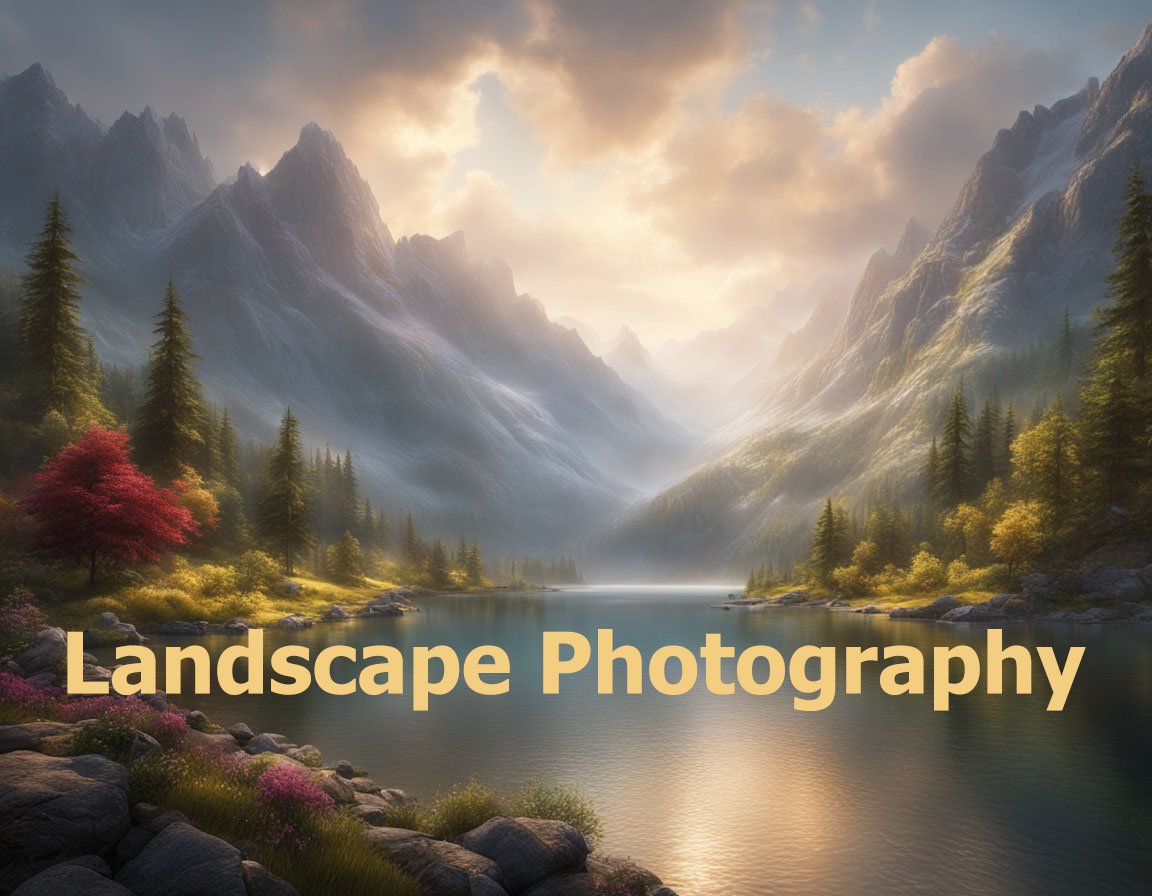Capturing dramatic weather conditions in photography can result in breathtaking images that convey the powerful forces of nature. These conditions, whether stormy skies, thick fog, or vibrant rainbows, provide unique opportunities for striking visuals. Here are some essential tips for shooting dramatic weather conditions that will elevate your photography skills and enable you to produce compelling imagery.
### 1. Safety First
Before venturing out to capture intense weather, prioritize personal safety. Check weather forecasts, and be aware of any severe weather warnings. Understand the environment you’ll be shooting in, and have a plan for safe shelter if necessary. Equip yourself with appropriate clothing, sturdy footwear, and waterproof gear to ensure comfort and protection against the elements.
### 2. Choose the Right Equipment
Select the camera equipment best suited for weather photography. A DSLR or mirrorless camera with a weather-sealed body is ideal for withstanding harsh conditions. Pair it with a versatile lens such as a wide-angle for sweeping vistas or a telephoto to capture distant details. Use a sturdy tripod to stabilize your camera during long exposure shots, especially in windy scenarios. Waterproof bags and lens covers can protect your gear from rain or snow.
### 3. Master Exposure Settings
Weather conditions affect lighting and exposure significantly. In bright storms or snowy scenes, consider using a polarizing filter to manage reflections and enhance color saturation. For more control over exposure, shoot in manual mode. Utilize a low ISO setting for clearer images and choose a smaller aperture to capture sharp details across the scene. Adjust shutter speed based on the desired effect; fast speeds for freezing action, and slow speeds for motion blur in waterfalls or flowing clouds.
### 4. Harness the Power of Lighting
Weather conditions can drastically alter lighting, creating dramatic effects. Golden hours—early morning and late afternoon—provide warm, soft light that accentuates textures. During storms, observe how light breaks through clouds, creating contrast and vibrant colors. Utilize HDR (High Dynamic Range) techniques when capturing high-contrast scenes to ensure even exposure throughout your image.
### 5. Compose Creatively
Composition plays a crucial role in the impact of your weather photos. Use leading lines to draw viewers’ eyes into the scene; roads, fences, and shadows can be effective guides. Consider the rule of thirds for balanced compositions. In stormy weather, align the horizon along the lower third of the frame to emphasize towering cloud formations. Dark foregrounds and striking cloud patterns create dramatic contrasts.
### 6. Capture Movement and Mood
Conveying movement can enhance the drama of your weather photography. Experiment with slower shutter speeds for ethereal shots of flowing water or blurred clouds. Capture the energy of the wind by focusing on swaying trees or rain spirals. Integrate human elements like people bracing against the wind to add narrative and scale to your images. Emotional tones contribute to the mood; brooding clouds evoke tension, while diffused light creates tranquil scenes.
### 7. Focus on Details
While wide compositions are often favored in dramatic weather photography, zooming in on details can provide powerful imagery. Look for textures like raindrops on leaves or snowflakes on surfaces. Capture patterns in cracked, sun-drenched earth or reflections in puddles post-rain. Isolating elements against plain backdrops, like a lone tree or lighthouse weathering a storm, can create stark, impactful images.
### 8. Use Weather as a Narrative Tool
Think of your photos as storytelling tools that capture the essence of the weather. Document the progression of a storm from ominous clouds to rainfall and beyond. Capture the joy and surprise of those witnessing a rainbow or the calm after a storm. Build a photo series that depicts the transformation of a landscape, adding depth and context to your narrative.
### 9. Embrace Post-Processing Techniques
Enhance your weather photos during post-processing to amplify their drama. Software like Adobe Lightroom or Photoshop allows for adjustments in contrast, saturation, and sharpness. Use these tools to bring out the hidden details in shadows or highlights. Ensure edits remain natural to avoid losing the authenticity of the scene. Experiment with black-and-white conversions for a classic, timeless feel, emphasizing textures and contrast.
### 10. Practice Patience and Persistence
Dramatic weather photography often requires waiting for the perfect moment. Be patient and adaptable, as conditions can change rapidly. Return to your locations to understand light and weather patterns over time. Perseverance will reward you with moments of clarity and drama that resonate powerfully in your images.
By approaching weather photography with respect, creativity, and technical proficiency, you can encapsulate the raw beauty of the natural world. Utilize these tips to refine your skills and embrace the unpredictable, spectacular displays of dramatic weather conditions.


